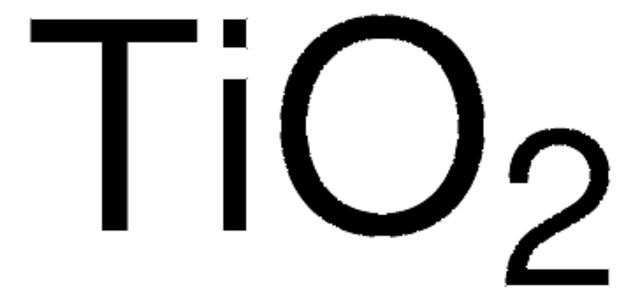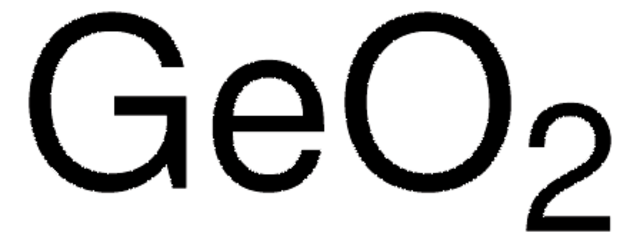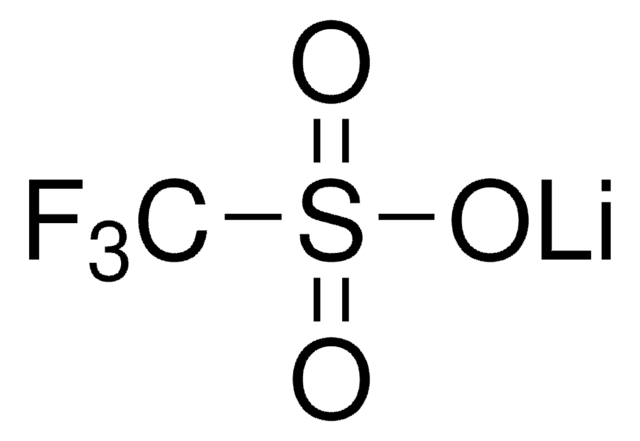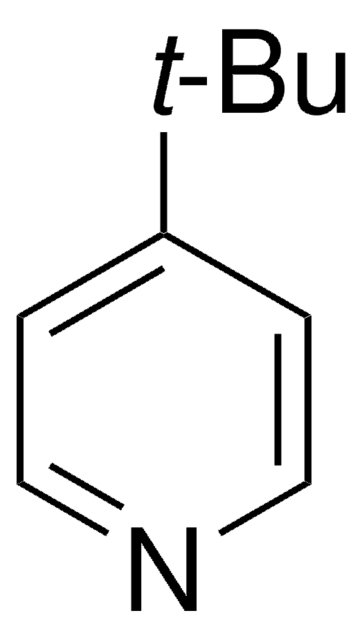30-2730
Titanium(IV) oxide
JIS special grade, ≥99.0%
Synonym(s):
Titania, Titanium dioxide
Sign Into View Organizational & Contract Pricing
All Photos(1)
About This Item
Linear Formula:
TiO2
CAS Number:
Molecular Weight:
79.87
MDL number:
UNSPSC Code:
12000000
PubChem Substance ID:
Assay:
≥99.0%
grade:
JIS special grade
form:
solid
Recommended Products
grade
JIS special grade
Assay
≥99.0%
form
solid
composition
rutile, ~90%
reaction suitability
reagent type: catalyst
core: titanium
availability
available only in Japan
mp
>350 °C (lit.)
density
4.26 g/mL at 25 °C (lit.)
storage temp.
15-25°C
SMILES string
O=[Ti]=O
InChI
1S/2O.Ti
InChI key
GWEVSGVZZGPLCZ-UHFFFAOYSA-N
Looking for similar products? Visit Product Comparison Guide
Related Categories
Storage Class Code
11 - Combustible Solids
WGK
nwg
Flash Point(F)
Not applicable
Flash Point(C)
Not applicable
Regulatory Information
新产品
Choose from one of the most recent versions:
Already Own This Product?
Find documentation for the products that you have recently purchased in the Document Library.
Suxin Gui et al.
Journal of agricultural and food chemistry, 61(37), 8959-8968 (2013-08-24)
TiO₂ nanoparticles (NPs) are used in the food industry but have potential toxic effects in humans and animals. TiO₂ NPs impair renal function and cause oxidative stress and renal inflammation in mice, associated with inhibition of nuclear factor erythroid-2-related factor
Susan C Tilton et al.
Nanotoxicology, 8(5), 533-548 (2013-05-11)
The growing use of engineered nanoparticles (NPs) in commercial and medical applications raises the urgent need for tools that can predict NP toxicity. Global transcriptome and proteome analyses were conducted on three human cell types, exposed to two high aspect
Alessia D'Agata et al.
Nanotoxicology, 8(5), 549-558 (2013-05-24)
Marine bivalves (Mytilus galloprovincialis) were exposed to titanium dioxide (10 mg L(-1)) either as engineered nanoparticles (nTiO2; fresh, or aged under simulated sunlight for 7 days) or the bulk equivalent. Inductively coupled plasma-optical emission spectrometry analyses of mussel tissues showed
Roberta Tassinari et al.
Nanotoxicology, 8(6), 654-662 (2013-07-10)
The study explored possible reproductive and endocrine effects of short-term (5 days) oral exposure to anatase TiO2 nanoparticles (0, 1, 2 mg/kg body weight per day) in rat. Nanoparticles were characterised by scanning electron microscopy (SEM) and transmission electron microscopy
D Minetto et al.
Environment international, 66, 18-27 (2014-02-11)
The innovative properties of nanomaterials make them suitable for various applications in many fields. In particular, TiO2 nanoparticles (nTiO2) are widely used in paints, in cosmetics and in sunscreens that are products accessible to the mass market. Despite the great
Our team of scientists has experience in all areas of research including Life Science, Material Science, Chemical Synthesis, Chromatography, Analytical and many others.
Contact Technical Service



